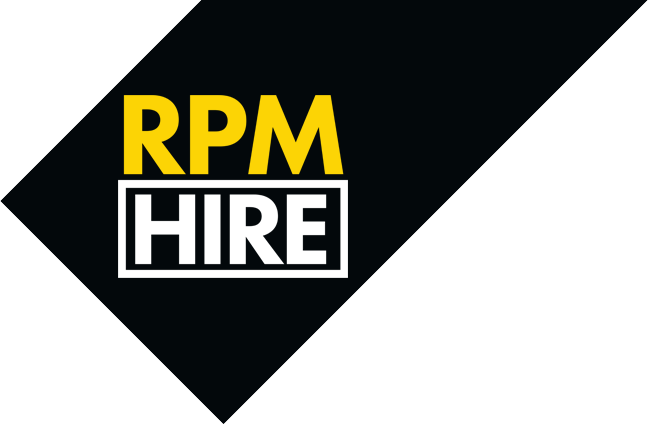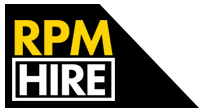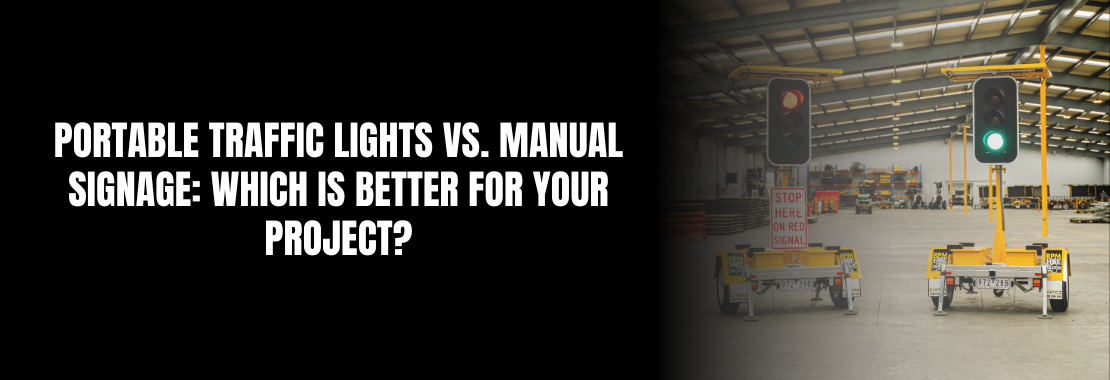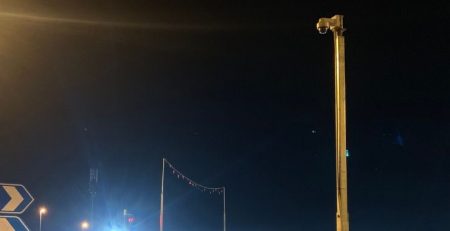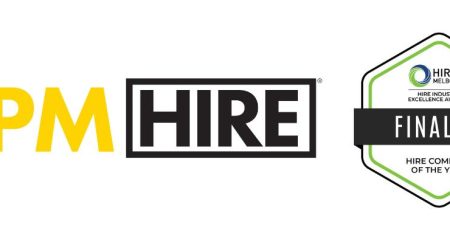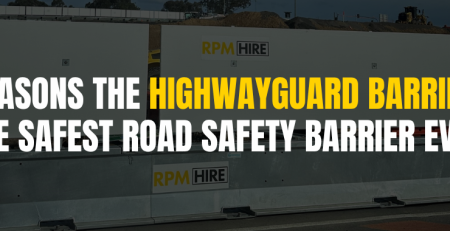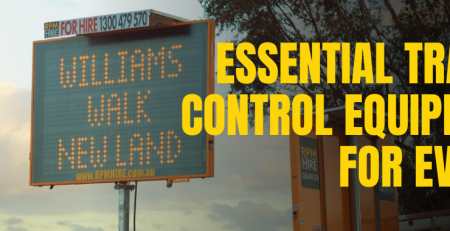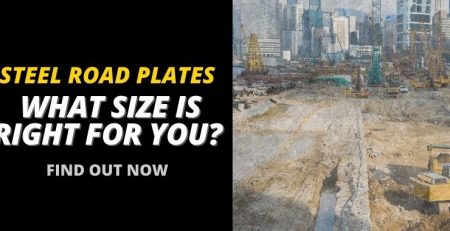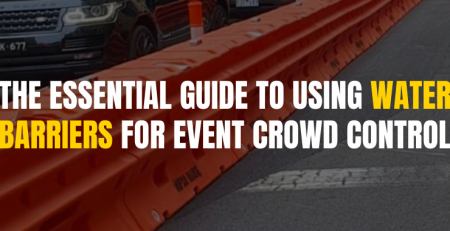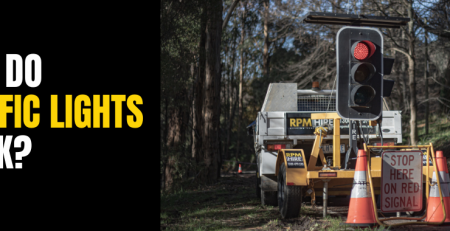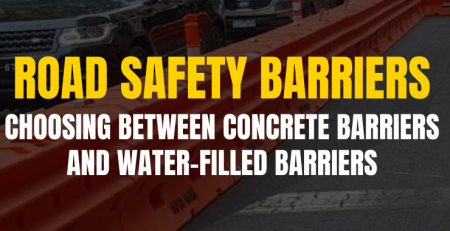Portable Traffic Lights vs. Manual Signage: Which is Better for Your Project?
Controlling traffic flow through an event, worksite, or temporary roadworks is essential to keeping your team and other road users safe. Traffic signs and portable traffic lights are the two most popular options for maximising safety and reducing delays.
Both of these options are fantastic choices and bring an array of benefits, but selecting the right one for your project is essential to your success. In this latest blog, we thought we would take a closer look at the pros and potential drawbacks of each option, allowing you to make the most informed decision possible.
What are portable traffic lights?
Portable traffic lights are a very popular solution for roadworks, events and even construction sites. These mobile, temporary traffic control systems help to manage the flow of vehicles through your site, keeping road users and individuals safe. One of the biggest advantages of these systems is that they are able to operate individually or in conjunction with other units.
The use of portable traffic lights is ideal for managing single-lane flows of traffic and is perfect for medium to long-term projects when consistency and safety are paramount. Installing these systems also removes the need for manual labour. These lights also offer unmatched flexibility.
What is manual signage?
Manual signage refers to temporary traffic signs and lights that are physical obstacles or boards and flags that require human controllers. These signs often include things like stop-and-go boards, highly visible traffic cones, barriers and other obstacles that can prevent vehicles from passing through.
Manual traffic signs and lights are predominantly used in short-term or small-scale worksites where more semi-permanent solutions might not be suitable. One of the most significant advantages of these options is the speed of response, allowing you to make immediate adjustments as demand changes.
While very effective in the right context, manual traffic signs and lights do require trained staff to remain onsite and in control throughout. This can add additional labour costs and increase the risk of human error, especially during busy periods.
Comparing the effectiveness of portable traffic lights vs. manual signage
While both portable traffic lights and manual traffic signs and lights can be very effective, it is essential that you are using them in the right situations. Understanding their unique advantages can ensure you use the best option for your needs.
Portable traffic lights are perfect for use when you need to control large volumes of traffic. These automated systems help to automatically regulate traffic consistently and accurately, reducing congestion and keeping vehicles moving. On the other hand, manual signage relies heavily on human operators, and while that means they can respond to changing conditions very quickly, they do have a higher risk of error as individuals react to the pressure. Portable traffic lights minimise that risk by following pre-set cycles and sensors to improve safety and consistency, ensuring drivers are always aware of the changes.
While manual signage may often be cheaper initially, they rely on manual labour, which can increase costs over time depending on how long you need them in place. If you are planning a lengthy project, then opting for more semi-permanent portable traffic lights would be a more cost-effective solution.
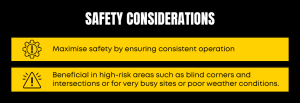
Safety considerations for portable traffic lights and manual signage
No matter whether you are managing a worksite, largescale event or roadworks, safety is always of the highest importance. Because they automate the flow of traffic and remove the need for human controllers, portable traffic lights help to maximise safety by ensuring consistent operation. This is particularly beneficial in high-risk areas such as blind corners and intersections or for busy sites or poor weather conditions.
In contrast, manual signage requires personnel to be physically present on the road, often in close proximity to moving traffic. This exposure increases the likelihood of incidents, especially in fast-moving or high-volume traffic. Additionally, fatigue or miscommunication can lead to lapses in judgment, which could have serious consequences. That said, manual signage may still be the safer option in certain low-traffic or slow-speed zones where quick human decision-making is valuable.
Cost considerations: Portable traffic lights vs. manual signage
Cost is often one of the biggest factors in deciding whether to use manual traffic signs and lights or portable traffic lights. While portable traffic lights may involve higher initial costs, they operate with minimal labour that can reduce your ongoing wage expenses. Many solutions also utilise solar power to reduce your energy costs. When utilised over large-scale or long-term projects, these can make them very cost effective over the duration.
On the other hand, manual signage is often much more affordable to set up, with traffic cones, boards and signs being relatively inexpensive. However, when calculating the costs, you will need to factor in the recurring staffing costs. For short-term projects that do not require 24/7 coverage, these may still be the most cost-effective option.
When to choose portable traffic lights and when to choose manual signage
If your project involves long-term traffic control, multiple lanes or is located in an area with high traffic volumes, portable traffic lights are generally the smarter option. Their automation and reliability ensure continuous traffic flow and reduce safety risks.
On the other hand, manual signage is well suited for short-term or low-impact worksites, such as pothole repairs, tree trimming or driveway access control. These jobs often don’t require full-scale traffic systems and can be efficiently managed with cones and stop-and-go boards.
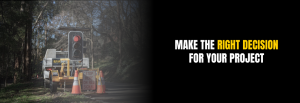
Making the right choice for your project
If you are in need of traffic signs and lights or portable traffic lights, here at RPM Hire we have everything you need for your next project. From simple, short-term jobs to large-scale construction sites, we pride ourselves on delivering exceptional products and customer service you can rely on.
Want to find out more? Get in touch today!
